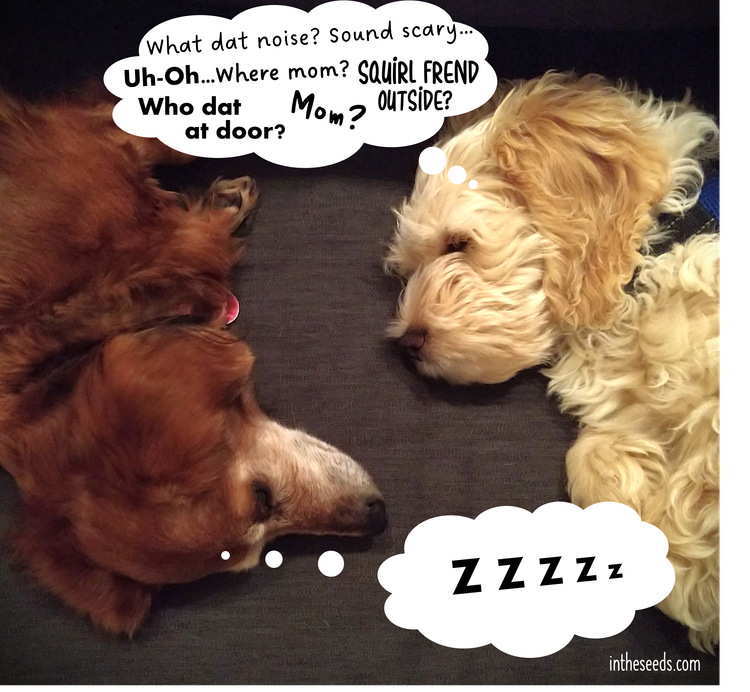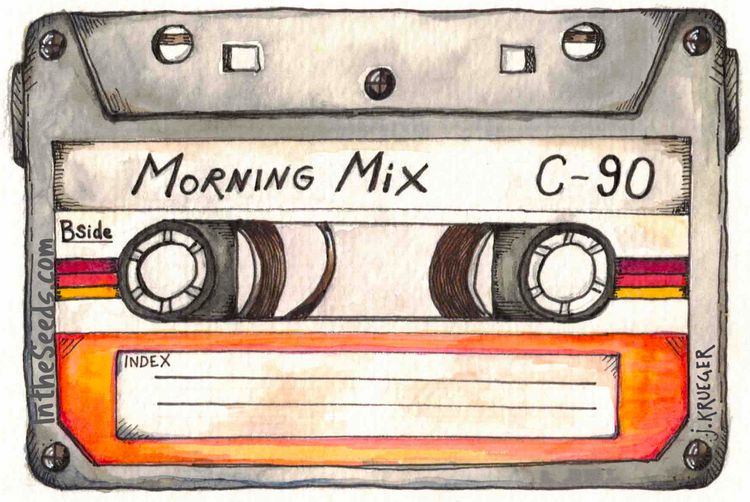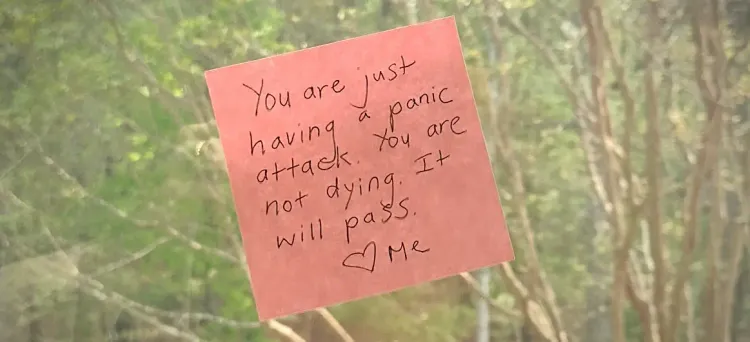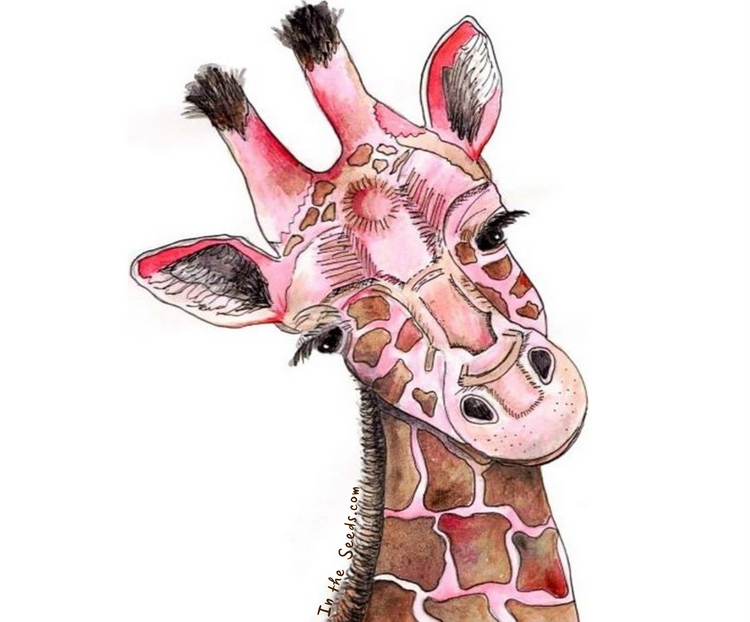Science Activity: The Color of Emotion
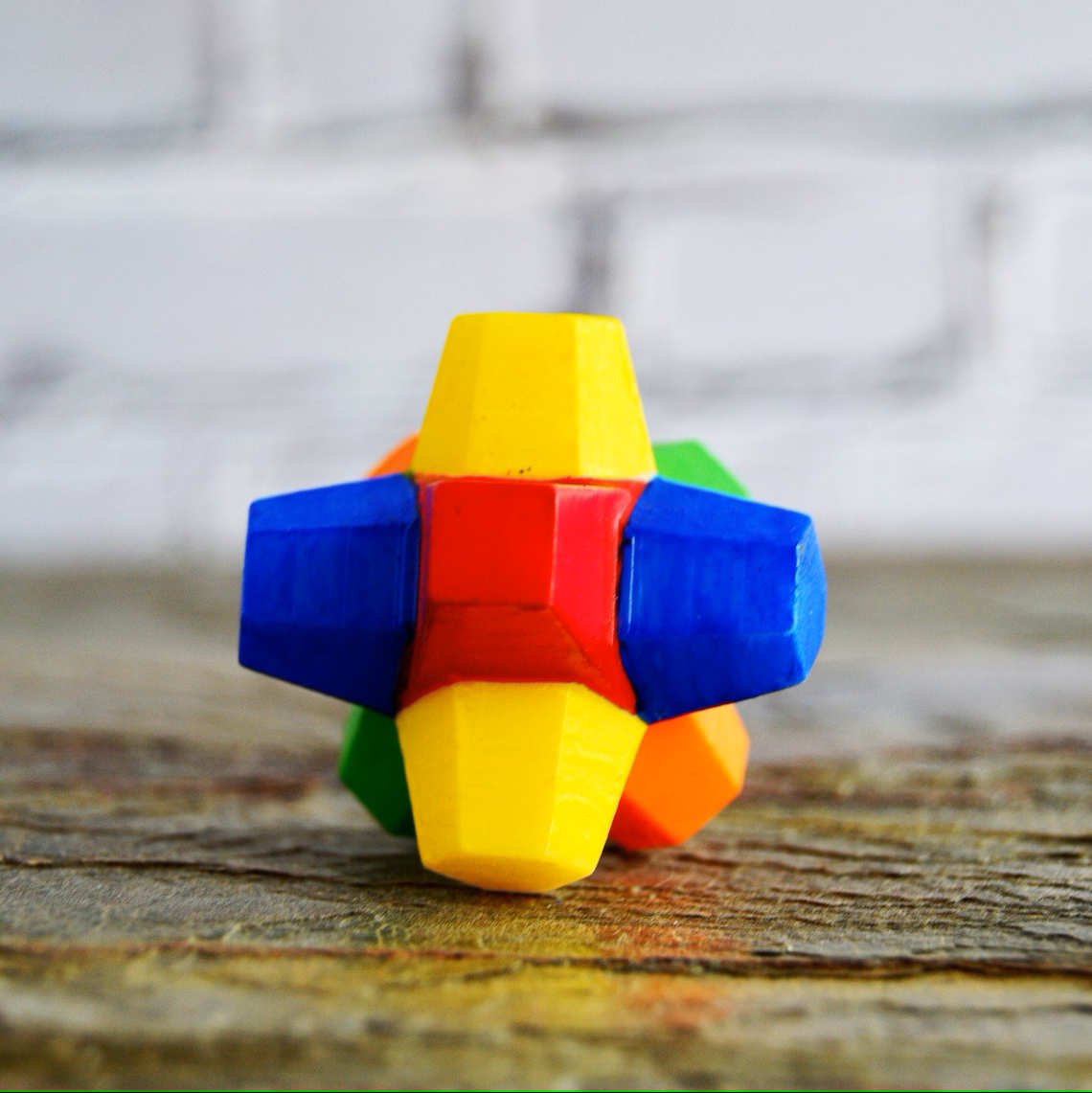
With Gobstopper candies, test how candy colors flow like our emotions, side by side, without blending.
The other type of jawbreaker (the round one) is a great model for how we experience emotion in real time.

It's similar to other models like the Mood Meter and Emotion Wheel because it uses colors to represent emotion.
But here's how the Jawbreaker Model is different: it shows how contrasting emotions often show up together as One Big Emotion that's hard to crack.
And here's why that matters to our kids. It tells them that:
Big emotions often aren't that big. They are just groups of emotions that seem big. It's like a school of fish. It's thought that one of the reasons fish swim together is to appear bigger to predators.

Similarly, strong emotions evolved to feel very "big" to us so that we will respond quickly, often urgently. That response was once necessary to survival. For our ancestors, an emotion like anxiety needed to feel big so that they took it seriously. The alternative might be to get eaten or face other peril. Our nervous systems are still primed to respond to Big Emotions (that are often several smaller emotions together).
Simple Science: How Small Emotions Can Look Big.
A science activity that would make Willie Wonka proud...

